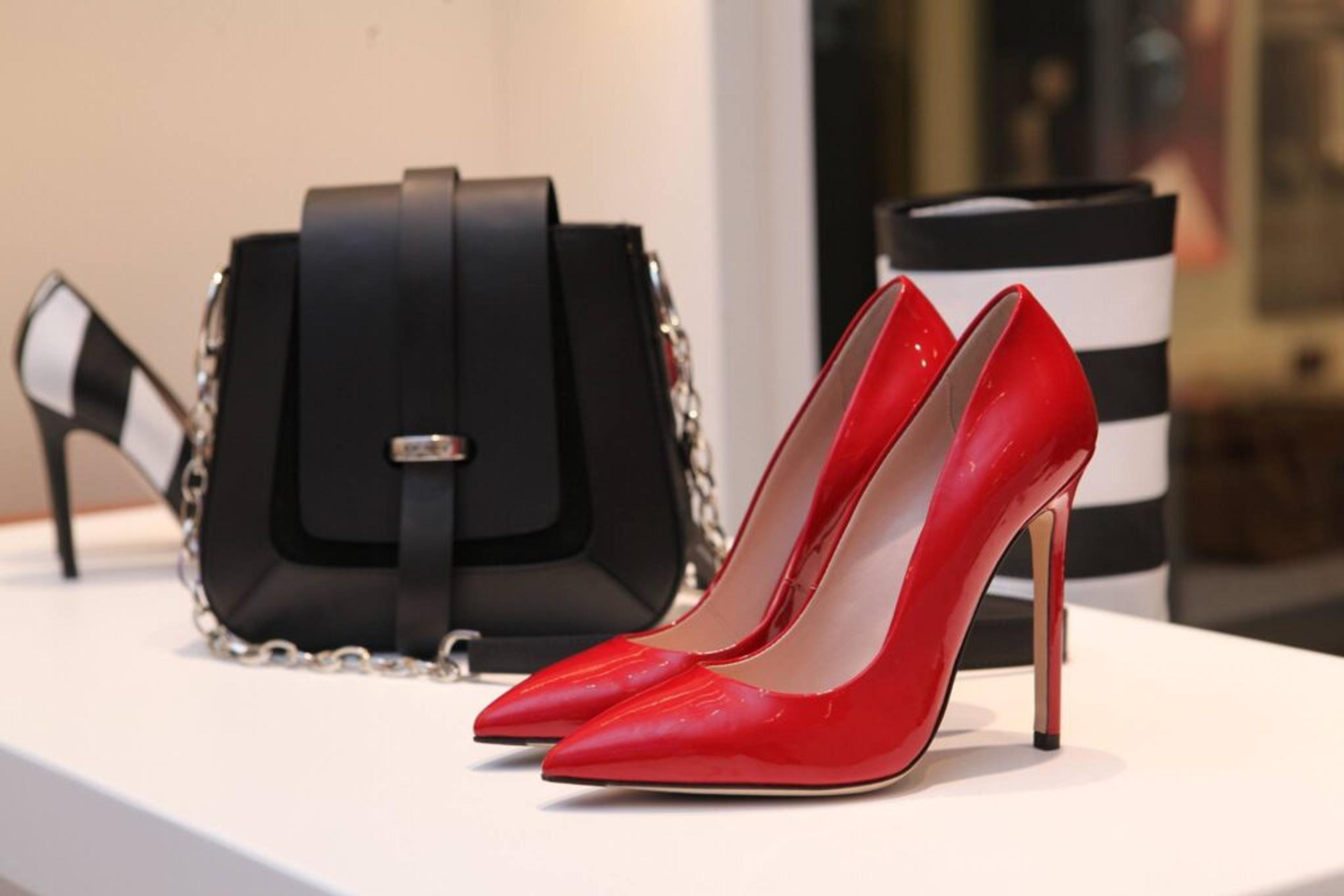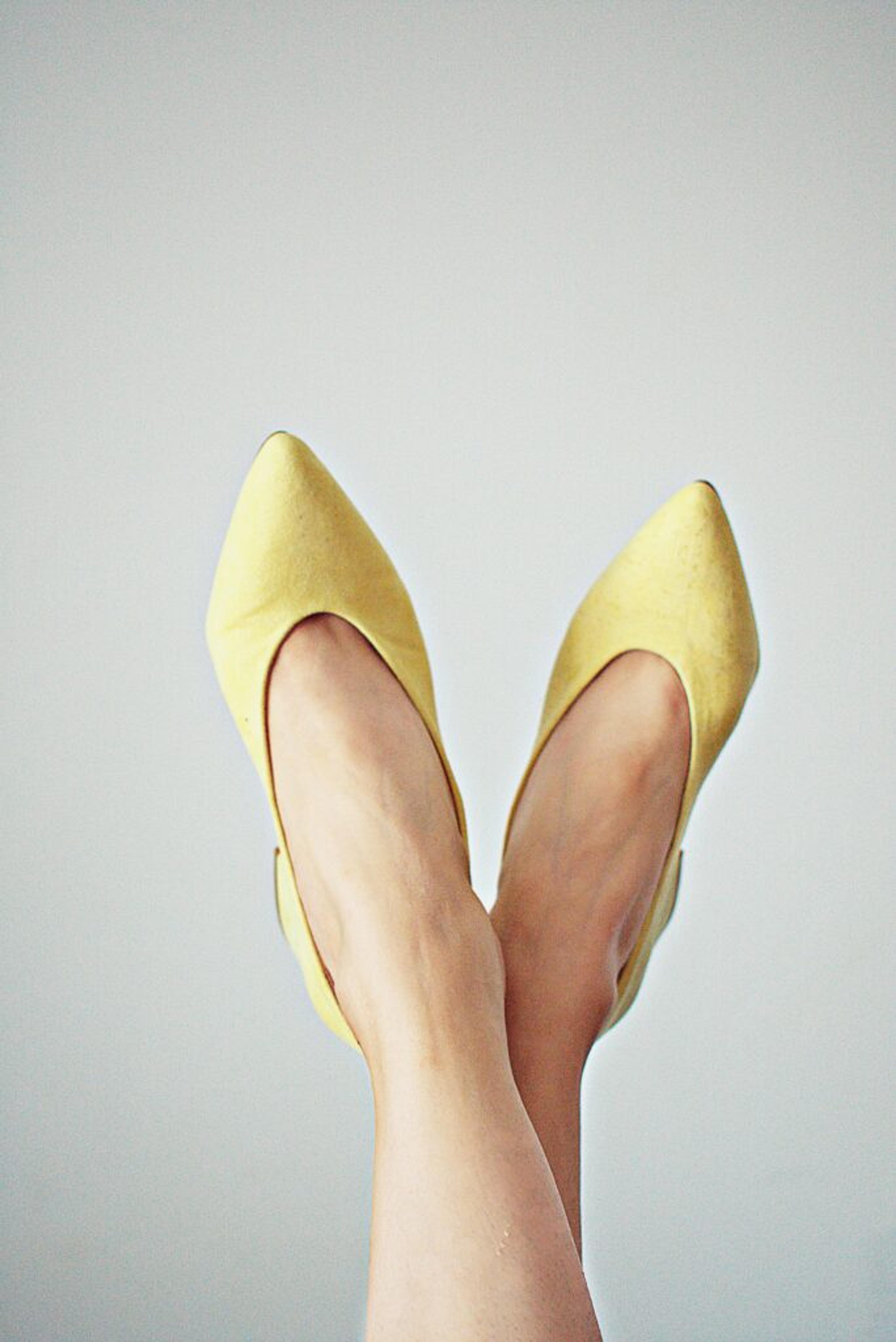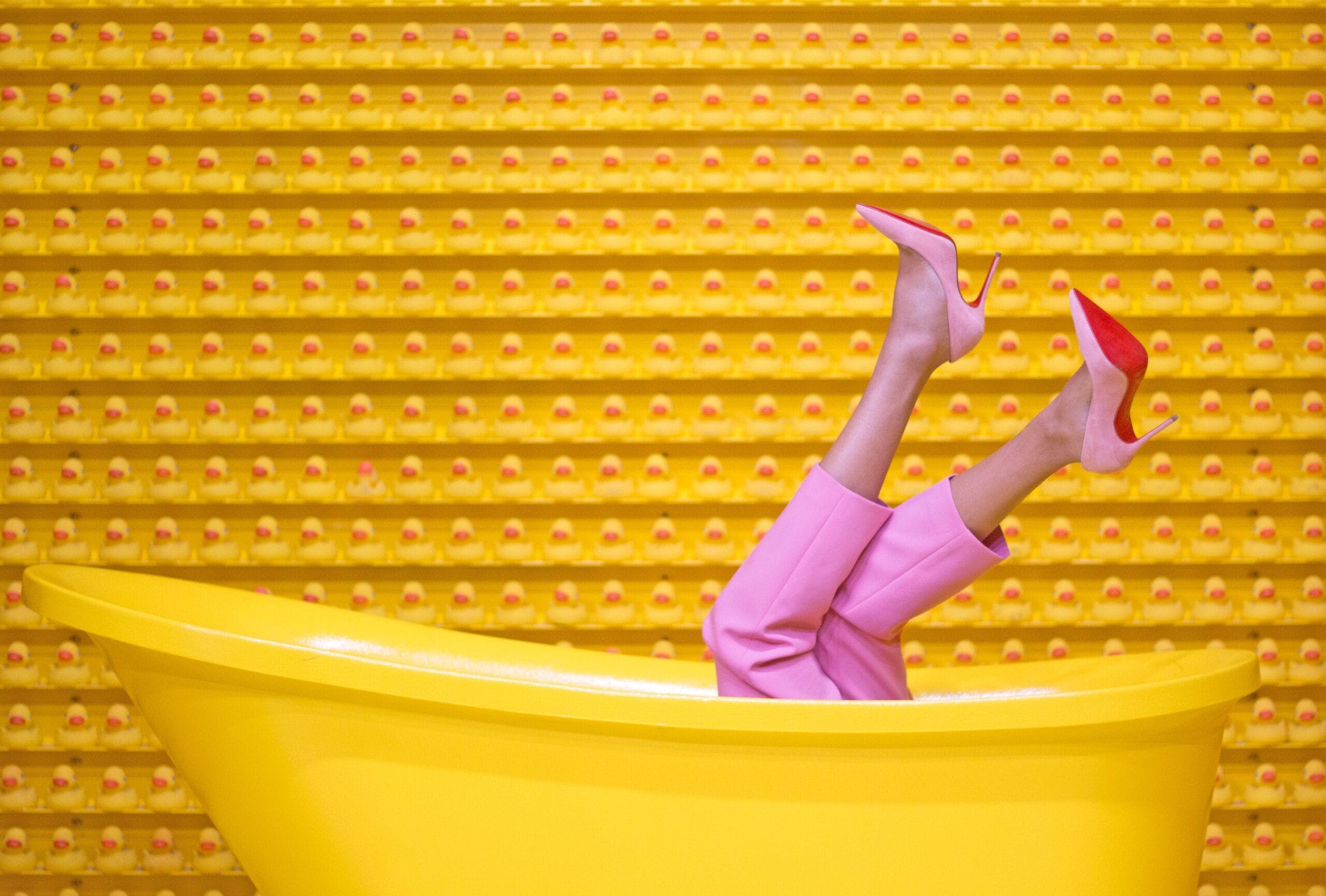Choosing the right shoes for your feet is almost as important as choosing the correct doctor to go to — they can both be as beneficial to your health when compatible as they can be detrimental to your health if incompatible. A comfortable pair of shoes that suit the shape of your feet can greatly affect your overall health and prevent adverse conditions in the long run, such as rheumatoid arthritis, crossed toes, bunions, osteoporosis, lower back pain, sciatica and more. These are only a few of the radical effects of ill-fitting shoes, which makes the next part comforting to hear. For those who already suffer from these ailments, simple but significant remedies exist such as stylish shoes for women with bunions. With that said, there is no reason that you have to endure these conditions and no reason to experiment hopefully (or perhaps hopelessly) with remedies. Instead, we can take simple steps to ensure they aren’t an issue.
Remember That Correct Measurements Matter
Most of the problems that occur later in life relating to your feet are the by-product of shoes that are too tight, not designed to the shape of your feet or designed with heels taller than two inches. Similar to shoes that haven’t been designed to specifically fit the shape of your feet are styles that aim to change or enhance the shape of your feet. These sorts of extreme styles (for instance, pointed toe shoes) can cause extreme issues from squeezing toes or feet too tightly and can result in painful ingrown toenails — or worse. So, while they can and should still be embraced occasionally, it’s worth considering the amount of permanent damage you’re causing not just your feet, but your entire skeletal structure!
Finding the measurements that fit your exact length, width and arch length are paramount to limiting the risk of bone deformity, ligament and tendon injury. Remember that your feet are unique and no two feet are the same. Not to mention the fact that as your entire body changes with age, so do the tissues and ligaments attached to your bones. Checking the measurement of your feet at least twice a year is best practice, and checking this measurement at the end of the day when your feet tend to be at their largest is recommended.
Choose Cushioned Shoes
One of the main points to keep in mind in relation to comfortability and functionality is choosing a shoe with cushioning. In addition to conforming to the shape of your feet, your ideal shoe should also have cushioned soles in order to absorb any sudden shock of impact when running or walking. Shoes with a cushioned insole help the body to adapt by decreasing the time taken for the force to be applied while running, jogging or walking. It’s because of this that it’s crucial, especially for those who are active, to find appropriate athletic shoes for women with comfy cushioning. When it comes to sneaker shopping, as simple as it sounds, it’s always a good idea to try on shoes with the same style of socks you will be wearing them with!

Leave Room to Wiggle
You want a perfect fit, yes. You want to pay attention to your length, width and arch — but that doesn’t mean that you want those EXACT measurements. You always want to buy a shoe that leaves your feet room to breathe and move, whether that be in a pair of closed, casual and washable shoes for women or open-toe and airy sandals that have plenty of breathing holes already. Especially when combined with the fact that we all seem to have one foot that’s a little larger, it’s always a good idea to avoid exact sizes and lean to the larger size. With that in mind, you’ll want to avoid shoes that are too loose, too, as they can offset your balance by affecting your gait.
To achieve the perfect fit, it’s in your best interest to try shoes on in person as opposed to ordering online. This is because, while unfortunate, not all shoe sizes dictate how a particular brand’s style and design will fit your feet!
How High Is Too High for Heels?
With the information above, you may find yourself wondering just how safe high heels are for your health, and just how high they can go before they do cause a decline in your health. Considering the massive adjustment to your arch structure, the pressure applied to the balls of your feet and the crunching of your toes, it’s safe to say that they aren’t normally the “right” choice. As a fact, heels shouldn’t exceed 1.5 inches if your aim is to avoid spinal issues, hip and pelvic misplacement and irregular menstruation (as we’re sure it is!). And while it probably doesn’t have to be said, anything two inches and beyond should be reconsidered when it comes to recurring wear.
With all of that in mind, rocking your heels occasionally is nothing short of empowering — so don’t feel bad about embracing it! Instead, do it right and know that nothing is wrong. This can be done through simple initiatives like packing a small pair of flats in your purse for when you feel the effects of your heels, changing into sneakers for a more comfortable commute or even slipping your feet out of your shoes at your desk whenever you get the chance.

Understanding What Goes Wrong If Your Shoes Aren’t Right
Whether you suffer from footwear-related ailments or you’re being proactive in your pursuits to avoid them, understanding what makes the “right” shoe so right is just as important as understanding what can go wrong if they’re NOT right.
And when your shoes are all right? You will find that so are you!


Comments are closed.